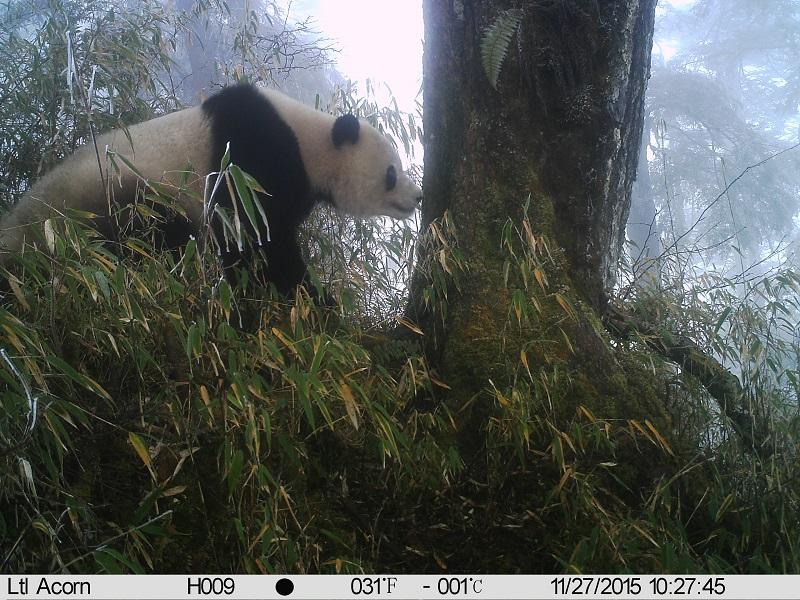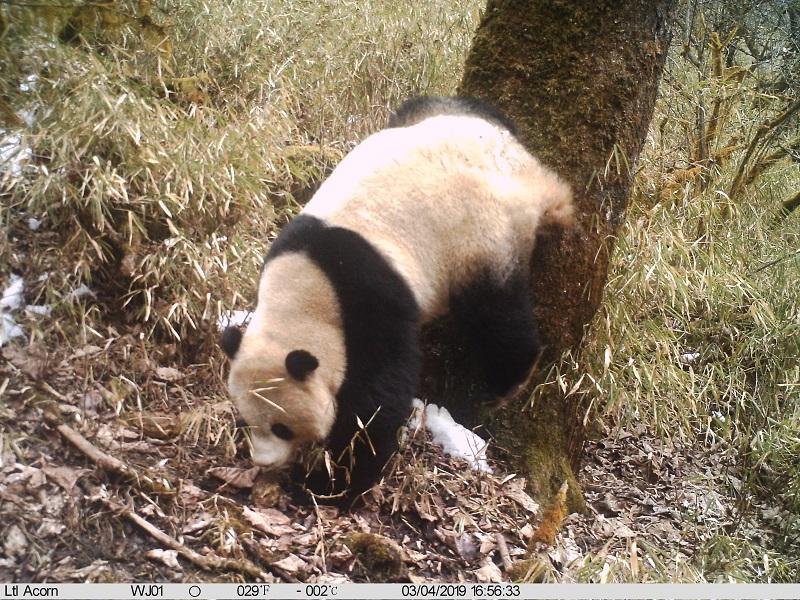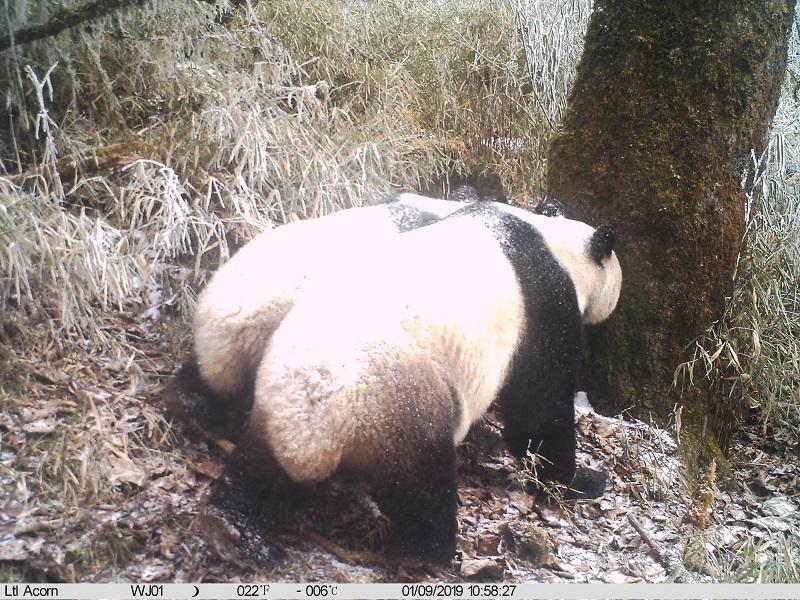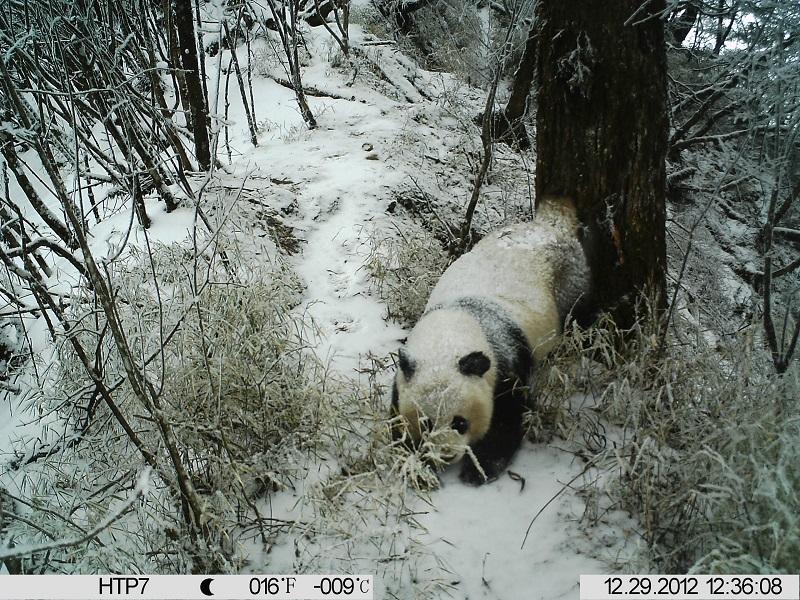The Panda Network

The Panda Network
Study finds the iconic bears use their own form of social media—checking in with family, networking and scoping the dating scene.
May 18, 2024A recent study shows pandas aren’t the solitary beasts everyone previously thought.
Former Spartan Thomas Connor spent months hanging in the forests of China’s Wolong National Nature Reserve for his Ph.D. from MSU’s Center for Systems Integration and Sustainability where he discovered scent-marking trees through which pandas were exchanging information.
The trees are ripe with information, telling the sniffer who the animal is and if they’ve encountered them before. It also tells the marker’s sex, an idea of how dominant and large the bear is and whether they’re ready to mate.
"The discoveries in this study shed new light on how pandas use their habitat,” said Jianguo “Jack” Liu, senior author of the article, Rachel Carson Chair in Sustainability and CSIS director. “Anything we can learn about how they live and what they need can ultimately help inform good conservation policies and maybe understand our own behavior a little more."
“And these scent trees are a social media. Like Facebook, it’s asynchronous, meaning you don’t have to be in the same place at the same time. It allows one to broadcast to many, and it’s a record. A panda marking a tree isn’t so different from a Facebook post.”
MSU Research Foundation Professor of Sociometrics Ken Frank
Contributing Writer(s): Sue Nichols








